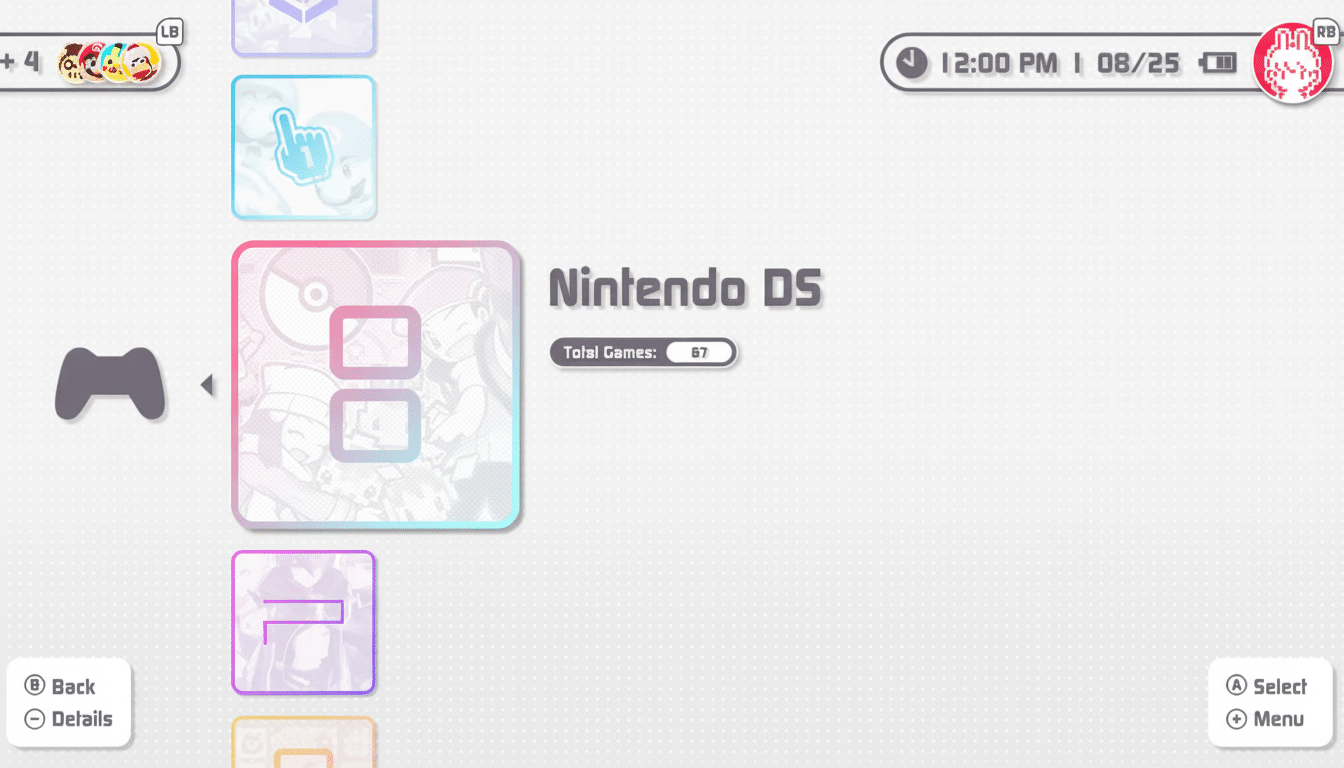A new Android frontend, iiSU, is looking to bring together retro gaming, media, and social coolness in one slick app. Early previews promise a console-like interface with custom artwork, music, and a focus on community—an approach that could change what emulation looks like on phones and tablets.
What iiSU Promises for a Console-Like Android Experience
iiSU offers a cool home screen with streaming widgets for recently played games, media, and featured content. The look is friendly and immediate, conjuring the best of the Nintendo 3DS while providing modern customisation in themes, icon packs, and animated backgrounds. Games don’t come included in the app, but iiSU intends to provide custom box art and ambient music so that your library feels tied together.

For achievement hunters, iiSU plugs into RetroAchievements and loads full sets of achievements, as well as live notifications like you might expect on Xbox or PlayStation. It also pays homage to the PSP’s heritage by allowing users to browse photos, videos, and music saved locally on their devices before using them as dynamic wallpapers. The roadmap even details a pre-installed theme marketplace known as Shopii and a news board called iiChannel for pulling in RSS feeds, so this becomes more than just a launcher—it’s your customized home for retro culture.
A Social Layer Built In for Multiplayer and Sharing
The most ambitious piece is iiSU Network, a social layer designed to link players across platforms, with third-party services like Pictoverse (a sort of modern-day PictoChat community) due in time. The vision is to talk and share and maybe even jump into online multiplayer for supported emulators without constantly switching apps. Shortly after the team launched its feature presentation, sign-ups apparently started flooding in so rapidly that servers began to collapse under the weight. The preview video has soared to more than 200,000 views in less than a day, and the community Discord now boasts more than 26,000 members—indications of robust demand from a scene that often subsists on an underfunded DIY setup.
How It Compares With Existing Frontends
The likes of RetroArch, PPSSPP, ES-DE, and Beacon have already taken mucking around with your favourite old KitKat-era APKs to new levels, but the polish on iiSU is noticeable. While library management and metadata scraping are common focuses among many frontends, iiSU extends into more platform-like territory: social identity, achievements, and some kind of coherent audiovisual layer. That mixture is akin to what the first-party consoles have pioneered, though on free and open Android hardware currently good enough to match dedicated handhelds. And that’s before considering that the latest flagship chips, like Snapdragon 8 Gen 3, can easily handle playing demanding emulators, and fossilized games fly along at a buttery smooth 120Hz on a modern display.
There is clearly an appetite for this experience. Top Android emulators have racked up tens of millions of downloads on Google Play, and handheld trends show no signs of slowing. What’s frequently lacking is the connective tissue: a welcoming front door that makes it feel like folders and filenames, welded together into something you’re eager to browse from a couch. iiSU wants to be that front door.

Roadmap, Pricing, and Platforms for iiSU on Android
Important caveat: A lot of this was a mock-up. As of now, the current test builds, under developer SapphireRhodonite’s control, handle the foundational frontend, with a working dual-screen mode being in an experimental stage. The team is aiming for a public build as soon as the spring of 2026, so there’s plenty of runway to bring down the full vision.
iiSU intends to release a core app for free with no ads, and a one-time $4.99 upgrade will unlock additional themes and widgets and support development of the software and network infrastructure. The first release will be on Android only, with Linux planned further down the line. That focus hopefully makes sense given Android’s openness and variety of devices—from phones to old-school handhelds, it’s a wide spectrum in which to test an interface that aspires to be like a console OS.
Legal and Community Context for Emulators on Android
iiSU’s team is being straightforward, too, about not shipping games. Emus and fronts are legal in most places, but not downloads without rights to games. Groups including the Electronic Frontier Foundation have long advocated for policies friendly to preservation, and the U.S. Library of Congress has occasionally issued DMCA exemptions—for archival as well as repair and modification. That said, whether mainstream success is within reach may hinge on avoiding the pitfalls that have brought down high-profile players in the past. Integrations such as RetroAchievements are potential value-adds that don’t tamper with or alter the copyrighted work.
Why It Matters for Android Users and Retro Gaming
If iiSU delivers even half of what it hints at—a unified UI, some kind of community-focused experience, side-by-side achievement tracking, and a curated media layer—it could make emulation on Android something that feels inviting, accessible, and low-friction. And for users who bounce off text-heavy lists and arcane setup screens, a console-grade shell might be the difference between tinkering and playing.
The idea is grand, the deadlines long, and the real test will be what happens next. But the early response demonstrates that there is an audience ready for an emulation hub that doesn’t treat retro as a folder full of ROMs but as a platform—a living virtual console.

